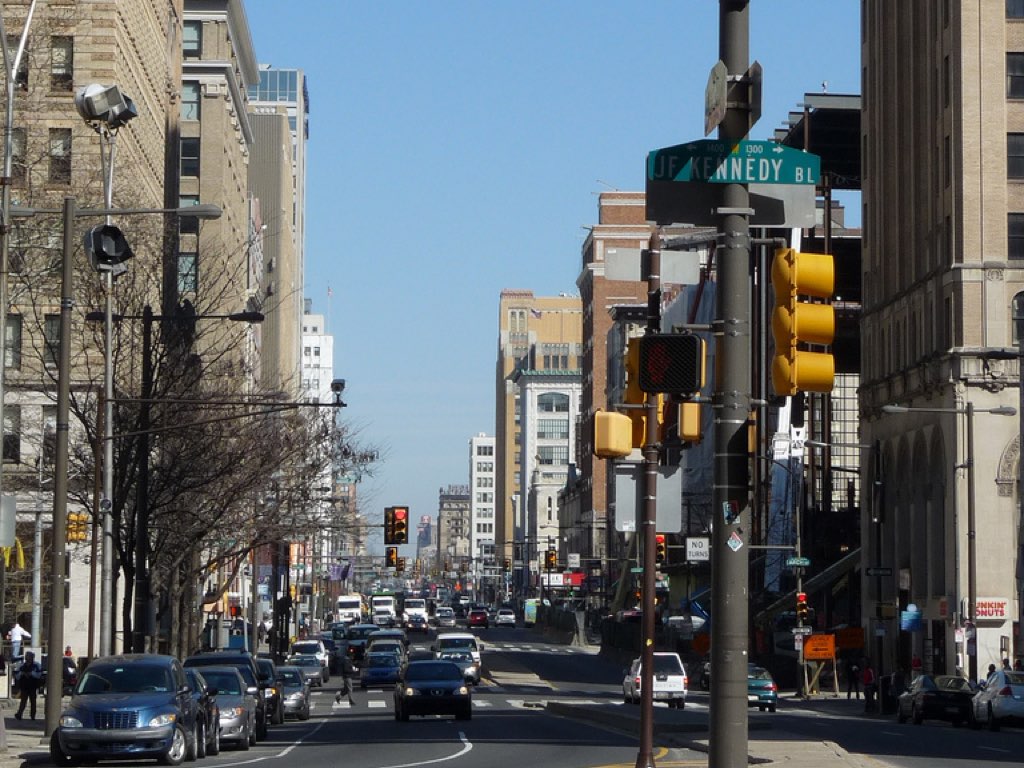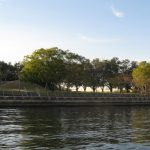In the 19th and 20th centuries, Philadelphia was known as the “Workshop of the World”. Its industrial capacity for an enormous variety of products was legendary. Beginning in the 1920s and then accelerating rapidly after World War II, industry moved out of many cities in the northeast, including Philadelphia, leaving behind neighborhoods without their traditional employment base. Housing stock began to deteriorate, leaving large parcels of vacant land amidst still-standing row houses. At the same time, commercial corridors contracted and moved elsewhere to serve more a stable population base.
Vacant structures like the historic Divine Lorraine Hotel dominate some intersections of North Broad Street, posing a challenge to redevelopment of the surrounding blocks.
In the past fifty years, many parts of Philadelphia have seen a transformation. The downtown (Center City) has become the third largest residential downtown in the United States. Combined with a stable economic base, it has thrived as a walkable, vibrant commercial and residential city center. Temple University, long a major regional force in higher education, has emerged as a nationally ranked university with undergraduate and graduate programs in numerous disciplines. Parts of North Philadelphia were redeveloped in the 1960s and have stayed as stable communities for middle and lower middle income families. Other nearby areas have seen pressures from gentrification and have become prized inner city neighborhoods for artists, young professionals and empty nesters.
The proposed portfolio area is a two-plus mile stretch of city that starts at City Hall at the very center of Philadelphia, and proceeds north along Broad Street to Temple University. The North Broad Street Corridor is characterized by vacant land and buildings and high poverty, but also redevelopment, strong institutions and, critically, an excellent transit infrastructure.
We believe that this transit infrastructure presents an important opportunity: the areas around every station are underdeveloped and inconsistent with where smart, transit oriented development planning would go. We are hopeful that in exploring these opportunities, we will find ways to encourage redevelopment of nearby vacant land and former industrial land through specific guidelines and development strategies.




